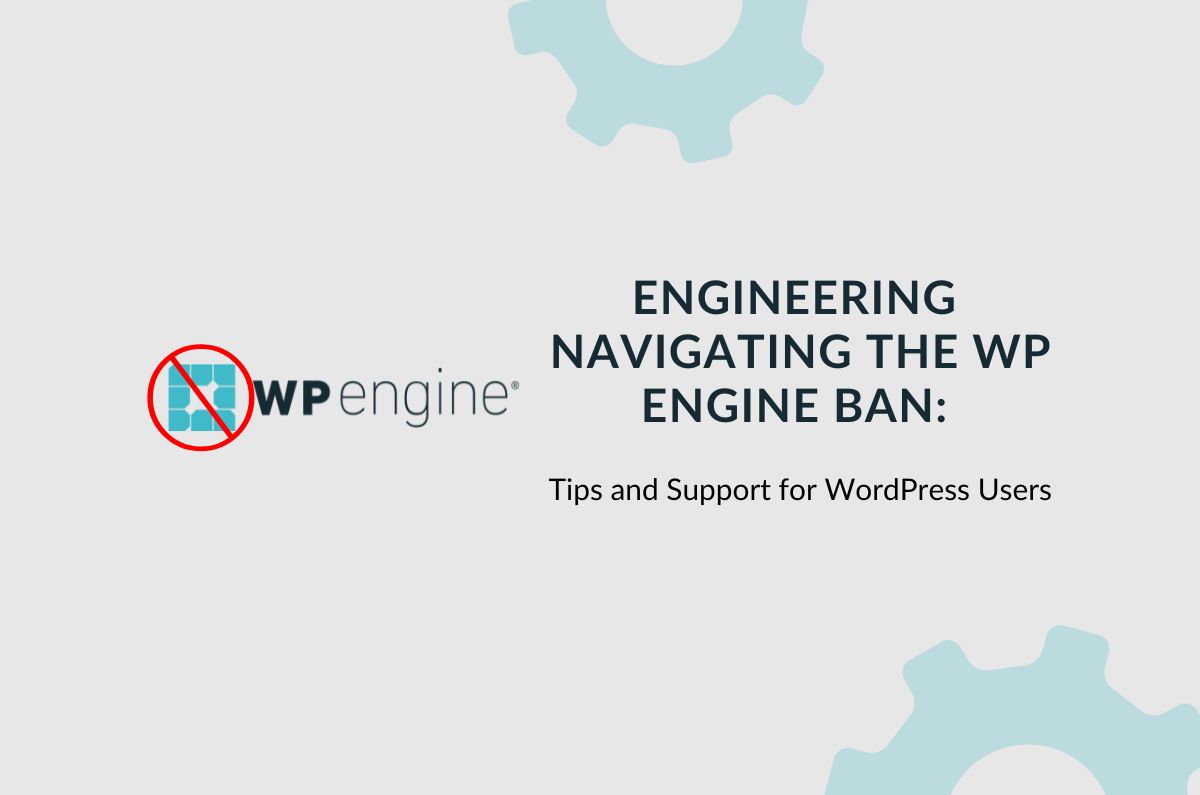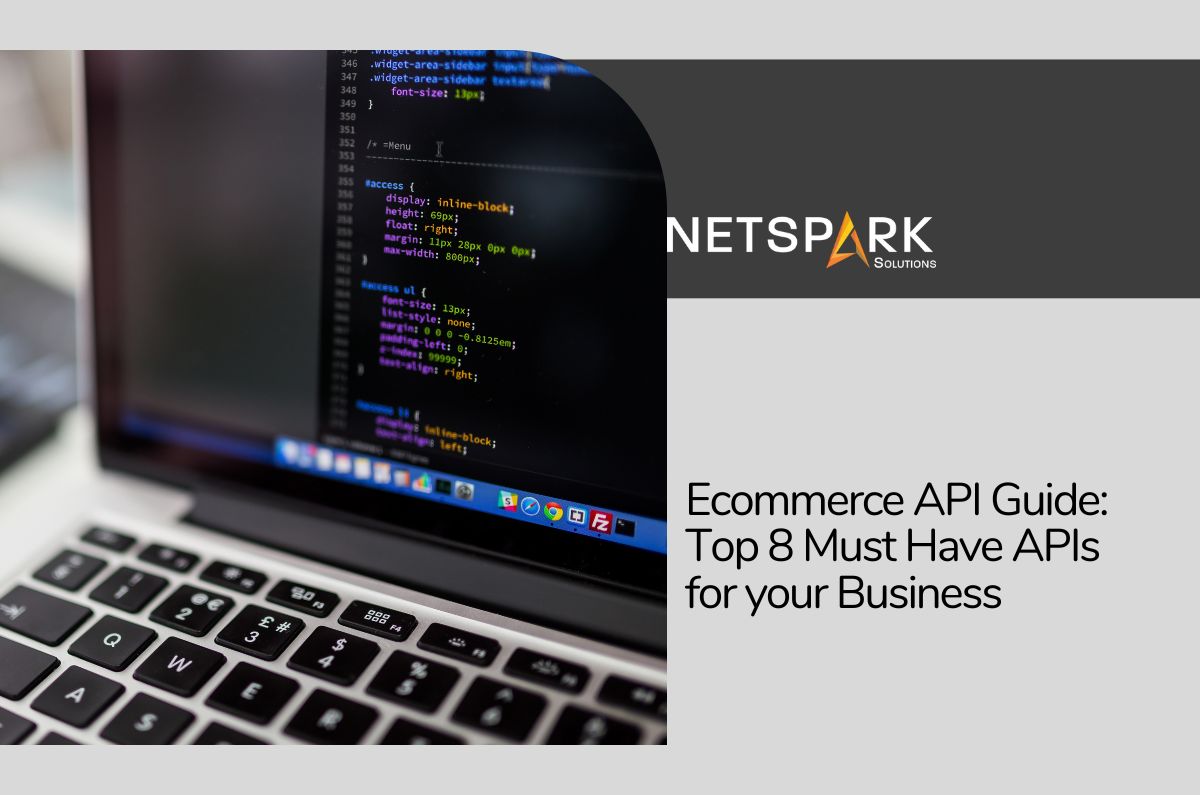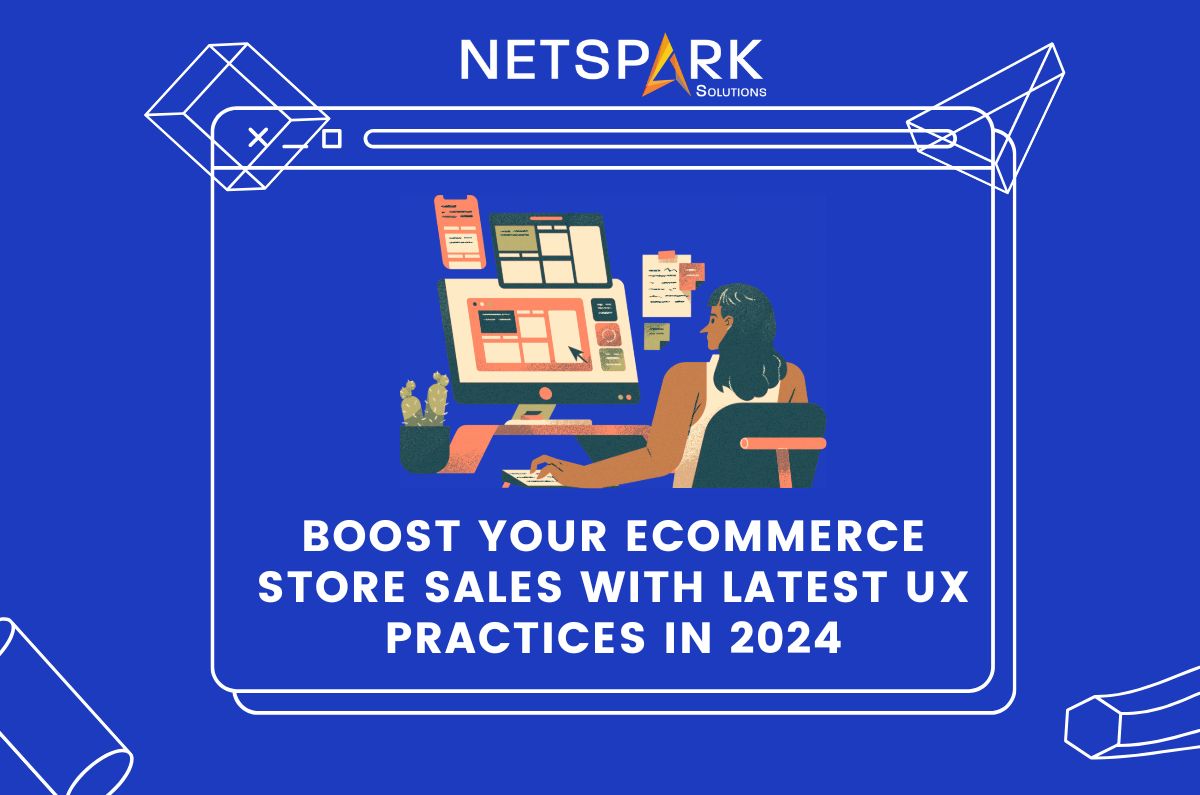8 Common Checkout Mistakes You Must Avoid to Reduce Cart Abandonment
The checkout page is the final stage of an ecommerce sales funnel and it decides whether you have successfully converted a customer or not. And, while it may seem a bit hard to digest, a poor checkout process is the most common reason behind the high cart abandonment rate. The truth is shoppers don’t prefer a lengthy checkout process.
They don’t have the time and patience to fill up several fields or bear unnecessary hidden shipping charges. Instead, they prefer shopping from ecommerce brands that have curated a hassle-free shipping experience for their customers.
If your website has enough traffic, but still the conversion rate is low, it’s quite possible that you have made several blunders with your checkout page. So, in this guide, we’ll share a list of some of the most common ecommerce checkout mistakes that you must avoid reducing your cart abandonment rate.
So, without any further ado, let’s get started.
The Importance of a Well-Optimized Checkout Experience for Ecommerce Shoppers
Checkout is the stage when a customer has already made a decision to purchase from your store. So, it would make zero sense to ask them to go through a lengthy checkout process to complete the purchase.
For many shoppers, a lengthy checkout process directly ruins their shopping experience and they end up abandoning their carts behind. That’s why your online store’s checkout process needs to be well-optimized and tailored for your target shoppers.
Studies have shown that shopping cart checkout optimization can increase the conversions of an online store by 35.14%. In short, by making your checkout process more user-centric, you’ll have the power to skyrocket the overall sales of your online store and generate higher revenue.
8 Ecommerce Checkout Mistakes You Must Avoid in 2022
So, here’s a list of all the checkout mistakes you must avoid to keep your conversion rates on the higher side.
1. No Guest Checkout Support
One of the biggest reasons behind the high cart abandonment rate is compulsory account creation. Yes, we understand gathering customer information will boost the performance of your email marketing campaigns in the future.
But, if you force shoppers to create an account to shop from your store, you’ll eventually end up losing valuable sales. It’s worth understanding that not every ecommerce owner has the time and patience to set up an account, especially when they’re shopping from your store for the first time.
That’s why enabling guest checkouts has become the go-to approach for online stores to reduce cart abandonment rate. Guest checkouts eliminate the hassle of setting up a new account and give users the liberty to make a purchase within seconds.
The best part is enabling guest checkouts is a fairly easy process. Almost every ecommerce platform comes with a built-in guest checkout feature that merchants can enable right away. So, before everything else, make sure to enable guest checkouts so that you don’t lose any valuable customers unnecessarily.
2. Lack of Progress Bar on the Checkout Page
Here’s the deal! The checkout process is different for each ecommerce store. If you don’t showcase the real progress of the checkout, your shoppers are most likely to abandon their carts and choose another service provider.
To avoid this scenario, make sure to place a progress bar at the top of the checkout page to tell customers how far they’re in the checkout process. Again, the majority of ecommerce platforms including Shopify and Magento provide built-in progress bar support that you can add to your checkout page within a few clicks.
Using the progress bar will give your customers an idea about how much time it would take to complete the checkout. Consequently, they are less likely to abandon their cart and complete the purchase in your store itself.
3. Not Providing Multiple Payment Options
You must understand that PayPal or COD isn’t the only payment method in the world. Today, shoppers use a variety of payment modes to shop items from an online store. Limited payment options will only ruin your store’s credibility and restrict you from converting the traffic
That’s why, as an ecommerce entrepreneur, it would be your responsibility to integrate multi-payment support on your online store. To do this, you can choose a payment gateway that supports multiple payment options. There are dozens of payment gateway providers including PayPal, Stripe, and WePay that allow merchants to equip their online shops with multi-payment support.
4. Lack of Mobile-Friendliness
Statistics suggest that 56% of online sales occur on mobile devices. It means if your website doesn’t offer a mobile-friendly user interface, you are bound to lose a huge percentage of your sales.
Mobile-friendliness is no longer an option – it has become a necessity for all websites – including ecommerce stores. Even Google considers mobile-friendliness as one of the crucial ranking signals to index and rank websites in Google search results. In short, your website must deliver a mobile-friendly shopping experience otherwise you’ll find it challenging to attain the desired conversions.
When it comes to enhancing the mobile-friendliness of a website, you can follow different approaches to get the job done. First and foremost, choose a responsive theme for your website so that it can automatically adjust the page layout according to the screen size of users’ phones.
Having a responsive theme is one of the best ways to ensure your website has the power to deliver a user-friendly shopping experience across all platforms including mobile.
5. Hidden Shipping Rates
As we mentioned earlier, shoppers don’t like paying hidden or expensive shipping charges. In fact, hidden shipping cost is one of the most common reasons behind cart abandonment and poor conversions.
So, if you believe you could leverage hidden shipping costs to convert shoppers, you’re wrong. Instead of surprising your customers with unnecessary shipping charges, make sure to be upfront about them right from the beginning.
Ecommerce marketplaces like Amazon and eBay display the shipping charges right on the product page. This helps them maintain transparency right from the beginning and they don’t lose customers due to any hidden costs.
If you want to achieve the same results, it would be crucial to stay transparent with all the shipping charges. Based on users’ location, you can calculate the real-time shipping costs and display it right on the product page. This will allow you to build transparency with your shoppers and convert them more effectively.
6. Vague Company Policies
Talking about transparency, every ecommerce owner must be clear with its company policies. Studies have shown that many shoppers abandon their shopping cart when they are unable to find the right company policies on the website.
If you want to keep your cart abandonment rate low, it would be crucial to clearly display all the company policies on a dedicated policies page. Clearly mention the “Return/Exchange Policies” so that people know in which situation they’ll be eligible for a return or exchange.
Clearly mentioning the company policies on your online store will even safeguard you legally and you’d be able to tackle any legal actions more effectively.
7. No Live Chat Feature
Some customers need support assistance during the checkout stage, especially if they’ve never purchased from your store before. Providing support in real-time is one of the best ways to guide customers through the last stages of your sales funnel and get them to complete the purchase.
Make sure to add a dedicated live chat feature on your website so that your customers can get in touch with your team any time they want during the checkout process.
To make things more convenient, you can also use chatbot integration to address some of the most common user queries with predefined answers. Using chatbots is a reliable approach to provide your shoppers with real-time assistance at an affordable price as it completely eliminates the need of hiring real customer support executives.
8. Not Providing Multiple Shipping Options
Like multiple payment methods, it’s also crucial to provide shoppers with different shipping options. Why? Because not every shopper can wait for a week to get their product delivered. In some emergencies, people might need the product within 24 hours or overnight. So, it’s important to let shoppers choose from different shipping options.
Ideally, your store should at least have two different shipping options, standard and express delivery. People who need their orders to get delivered overnight can choose the latter. Of course, you can charge additional money for express delivery.
Remember that to enable multiple shipping options on your online store, you’ll have to partner with the right shipping carrier that can cater to these varying shipping requirements.
Conclusion
Many ecommerce businesses do not understand the significance of a smooth checkout experience and end up encountering a high cart abandonment rate. It’s worth understanding that you can easily reduce the number of abandoned carts simply by optimizing the checkout experience and making your checkout experience user-friendly. To do so, you must avoid these 8 critical mistakes and devise a personalized checkout environment for your consumers.











